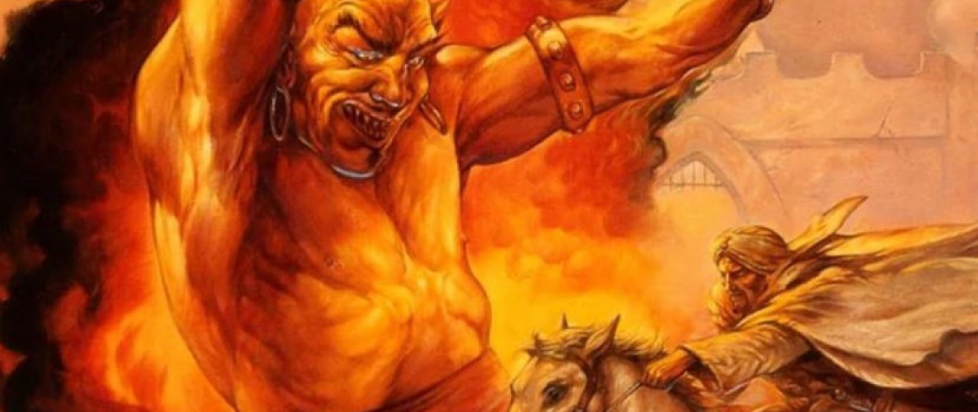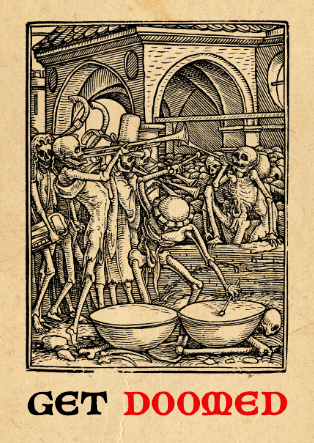
One Thousand and One Excuses
Islamic spirituality, mythology, and mysticism are tailor-made for fantasy and adventure RPGs. However, the genres are captivated by Eurocentric stories, except when it comes to One Thousand and One Nights – a collection of Islamic-themed tales from the Middle Ages. However, developers who find inspiration through their exposure to Orientalized entertainment media or by reading from the One Thousand and One Nights stories are the ones telling stories about Muslim-populated regions and history. Although the tales give a fictional dramatized view of South Asia, Southwest Asia, and North Africa, studios can’t use those tales to replace or neglect people who know regional history, oral cultural stories, and lived experiences in the present.
Artists have intentionally mystified Asian and North African lands distant from the European peninsula for centuries through Orientalist art, but videogames and tabletop games aren’t so different. Regional qualities of Southwest Asia and North Africa (SWANA) become exotic lands in 1992’s Dungeons & Dragons Al-Qadim Campaign Setting; Magic the Gathering’s first expansion set of djinns and ghouls from 1993 called Arabian Nights follows suit – both based on white interpretations of the One Thousand and One Nights. Prince of Persia’s white creator used Iranian poetry and Middle Age stories along with the colonialist thievery of Indiana Jones; the game idea arose from his publisher asking, “What about Ali Baba; Sinbad?” Even the upcoming Assassin’s Creed Mirage – from white European lead director, artist, and writer – includes a bonus quest for pre-orders called The Forty Thieves, likely referring to the Ali Baba and the Forty Thieves story that interpolated the One Thousand and One Nights. The game will take players to a Persian fortress called Alamut, the origin of assassins inspired by Iranian legends, connecting to the original Assassin’s Creed game. Even the action-adventure game Uncharted 3 pairs present-day supernatural abilities with Islamic themes in their game, yet the story inspiration was said to come from European diplomat T.E. Lawrence – although it blatantly came from the One Thousand and One Nights.
When fantasy or adventure games leave their usual setting to reference Muslim-populated countries, they use fantastical costumes, music, and world building, practically mimicking Agrabah’s cultural vagueness. Another common characteristic is a distant, mysterious land that contrasts the traditional European setting in fantasy games such as The Witcher 3’s Ofir. It’s a land beyond the seas, using ill-defined characteristics from different Muslim-populated countries. This indiscriminate display of cultures was also in Genshin Impact’s Sumeru and Breath of the Wild‘s Gerudo region and attire, making SWANA and South Asia homogeneous. Not all real-world situations don’t need to translate into made-up fantasy worlds, but generalizations further stereotype millions of people; it also fails to provide a nuanced perspective towards cultural/religious intersection and imperial history.
The worst part is that there isn’t anything to combat the decades of depictions and generalizations created by sought-after games. While researchers, cultural consultants, and cast and crew from the respective cultures are important, they’re limited to the confines of the appropriator. Not pushing for SWANA or South Asian developers to tell their creative, weird, whimsical stories on their own terms with cultural specificity and understanding on a AAA scale or offer support to indie developers is exclusionary. It feels impossible to break fantasy out of its European mesmerism while also hoping to not end up in other people’s exotic fantasies.
———
Saniya Ahmed is a freelance writer who loves talking about sci-fi, history, culture, and art influences in videogames.





